Pilot Celes review
The Pilot Celes is a titanium bicycle, with Pilot offering custom geometry and bespoke builds as well as off the shelf options
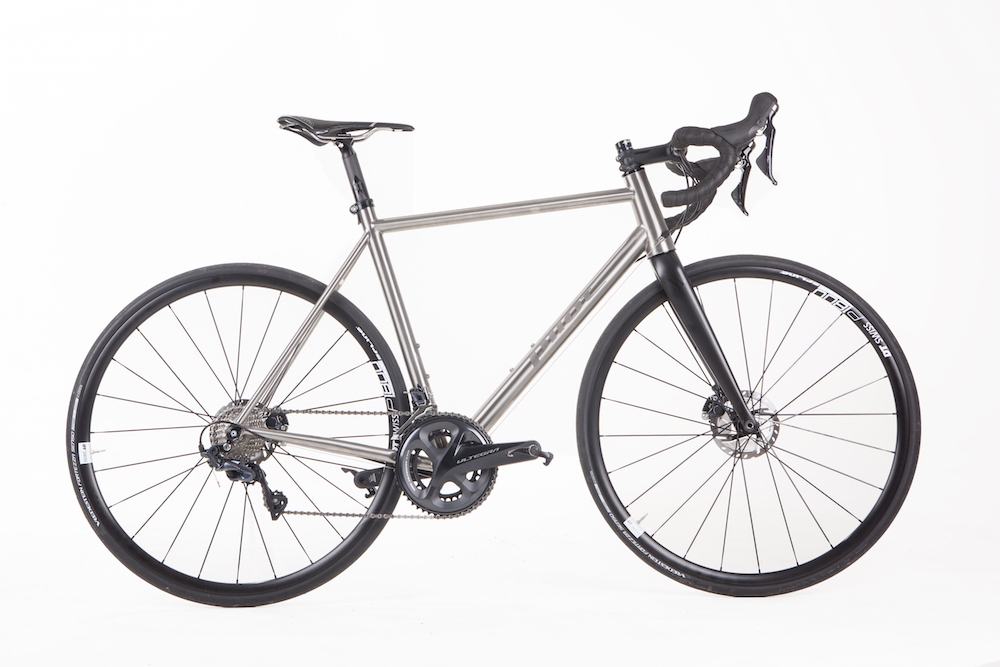
If you’re after a titanium frameset, and particularly if you are looking for a bespoke geometry or features, the Pilot Celes has a lot to offer. It looks great and you can have a build which fits your body measurements and suits your riding style. So it’s a pity that it doesn’t have the compliance needed for a comfortable ride on UK road surfaces.
-
+
Quality titanium frameset
-
+
Bespoke option at reasonable price
- +
-
-
Uncomfortable ride on UK roads
-
-
Slightly flexy bottom bracket
-
-
Expensive
- -
You can trust Cycling Weekly.

Pilot Cycles is a small Dutch cycle brand, Its unique proposition is its range of custom built titanium framesets, including the Pilot Celes, with the geometry chosen by the buyer. There’s still a mystique about titanium: you get lightweight, corrosion-resistant tubing and a distinctive ride quality from the metal tubing.
While a Pilot Celes frameset with standard dimensions costs 1999 Euros, a fully custom frameset will set you back a not-unreasonable 2499 Euros. You’ll need to budget 349 Euros for the carbon disc fork on top of that. Built up with the new spec Shimano Ultegra Disc groupset, the complete test bike is priced at 4916 Euros.
Pilot quotes a delivery time for a stock frame or a complete bike of under two weeks, while if you select a custom frame the maximum lead time will be 12 weeks.
Frame
The star of the Pilot Celes is its aerospace grade titanium alloy frameset. It looks gorgeous, with a brushed finish which is offset by the subtle matt grey etched logos. Pilot’s welds are also beautiful, with a precise execution and neatly smoothed-off finish.
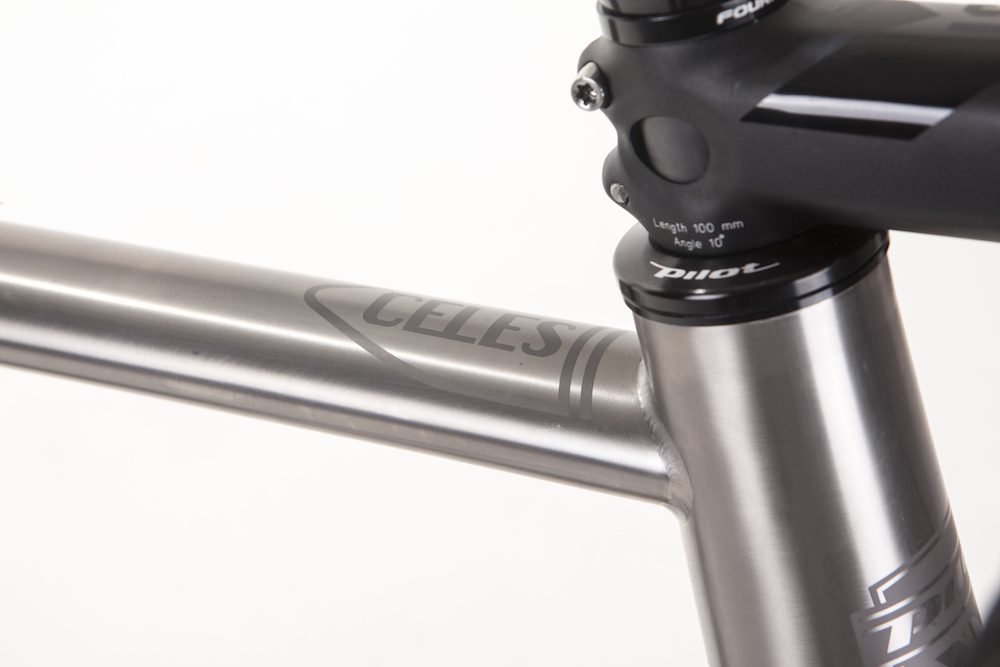
The top tube is slightly ovalised, while the other main tubes have round profiles. The bottom bracket shell is cylindrical and takes a BB386 bearing, while the rear brake hose runs internally through the down tube. The mech cables, however, run externally with guides welded to the tapered headset and under the bottom bracket shell. There’s also a brazed-on front mech hanger.
Our Pilot Celes comes with an all carbon fork in raw carbon finish, with the front brake hose routed through the left leg. There are thru-axles front and rear for a firm junction to the disc brake wheels. Brake calipers use the flat mount standard which is now common on road bikes.
Pilot sells its off-the-peg frameset in four sizes from 51 to 60cm.
Specification
The Pilot Celes is one of the first bikes we’ve seen with the new Shimano Ultegra Hydro groupset. Looking very much like Dura-Ace hydraulic, you get a chainset with chunky go-faster crank arms – in this case a 50/34 compact –and a redesigned four arm spider.
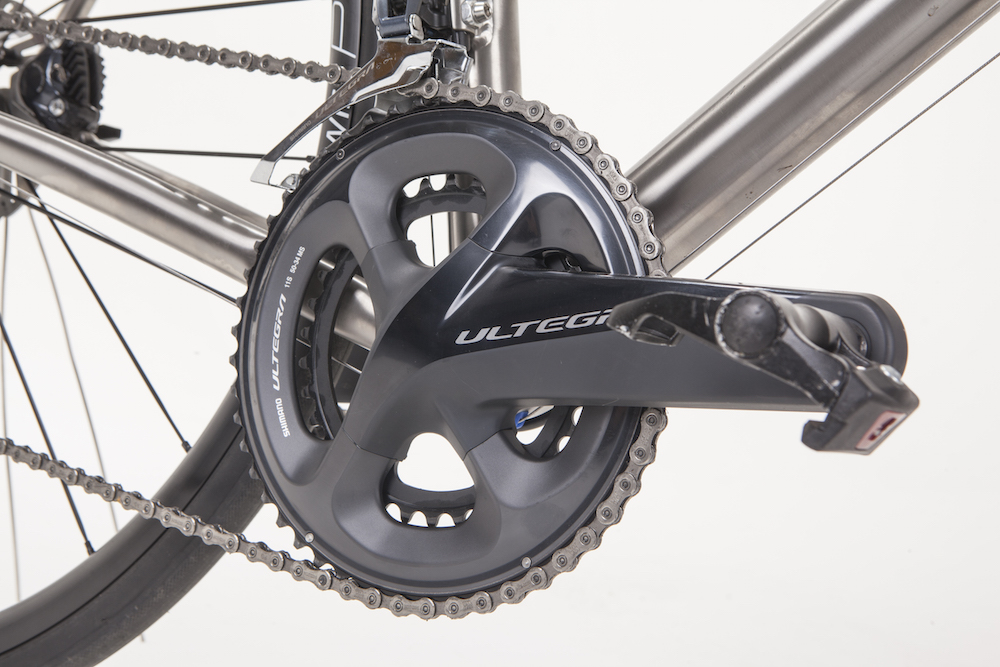
The rear mech also gets the new Dura-Ace look, with the shadow design providing more wrap-round for the chain, so that more teeth on the cassette are engaged. The long arm derailleur also means that you can fit a cassette with a lowest sprocket of up to 34 teeth, although Pilot has used an 11-28.
The hydraulic levers have also had a makeover. They’re more chunky than the outgoing RS685 version and a bit wider across the tops, but still comfortable and ergonomic.
And Shimano has redesigned its Icetech brake discs. They now have salami slicer cooling fins (don’t tell the pros). Their outer edges are less sharp too, although they’re not as well finished as Dura-Ace and lack the black anodising, designed to assist cooling.
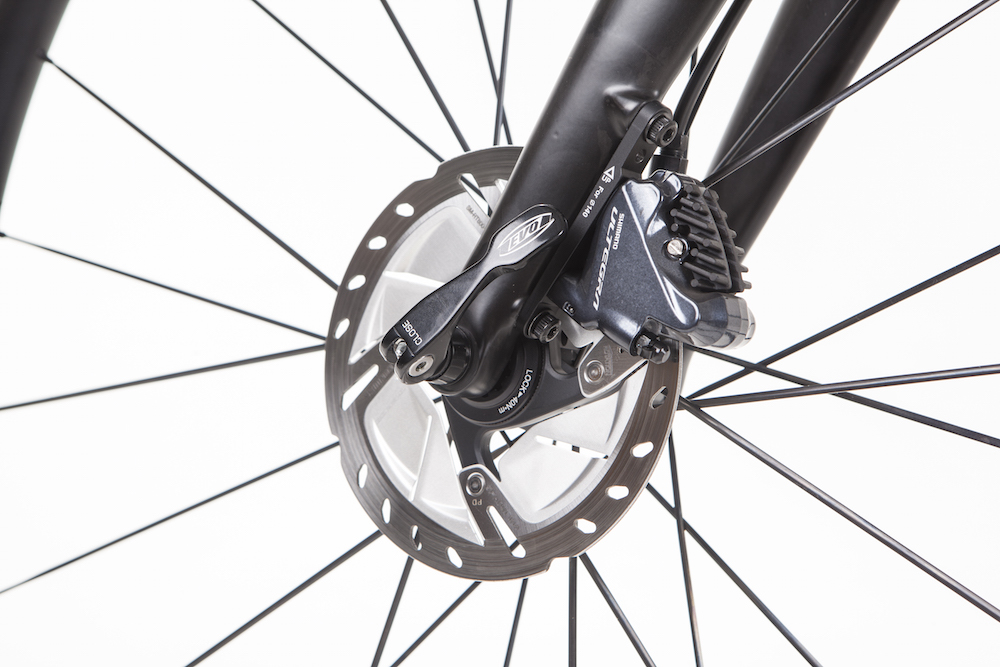
The test bike has DT Swiss P1800 Spline wheels shod with Vredestein Fortezza Senso 25mm tyres. Likewise, the test bike has 3T bars, stem and seatpost and there’s a Selle Italia SLR saddle. There’s the option to upgrade to a carbon cockpit and carbon wheels and Pilot sells its own titanium stem and seatpost too.
Riding the Pilot Celes
A titanium frame gives you a different ride feel to the usual carbon; there’s a bit more of a springy feel to the frameset. On the Pilot Celes, that’s reflected in the bottom bracket area in particular. There’s a bit more flex from the five welded tubes than in a well designed carbon set-up, so that pedalling feels just that bit less efficient. That's particularly evident when climbing out of the saddle and under harder acceleration, although you can progress well enough on the flat.
On the other hand, the rear triangle feels very rigid, due to the wide, straight seat tube and straight seat stays. Coupled with the broad 31.6mm seatpost, this results in a lot of vibration being transmitted to the saddle from typical UK road surfaces. This is despite the 25mm tyres, which can be run at lower pressures to provide a bit of cushioning, and the inclusion of a carbon seatpost.
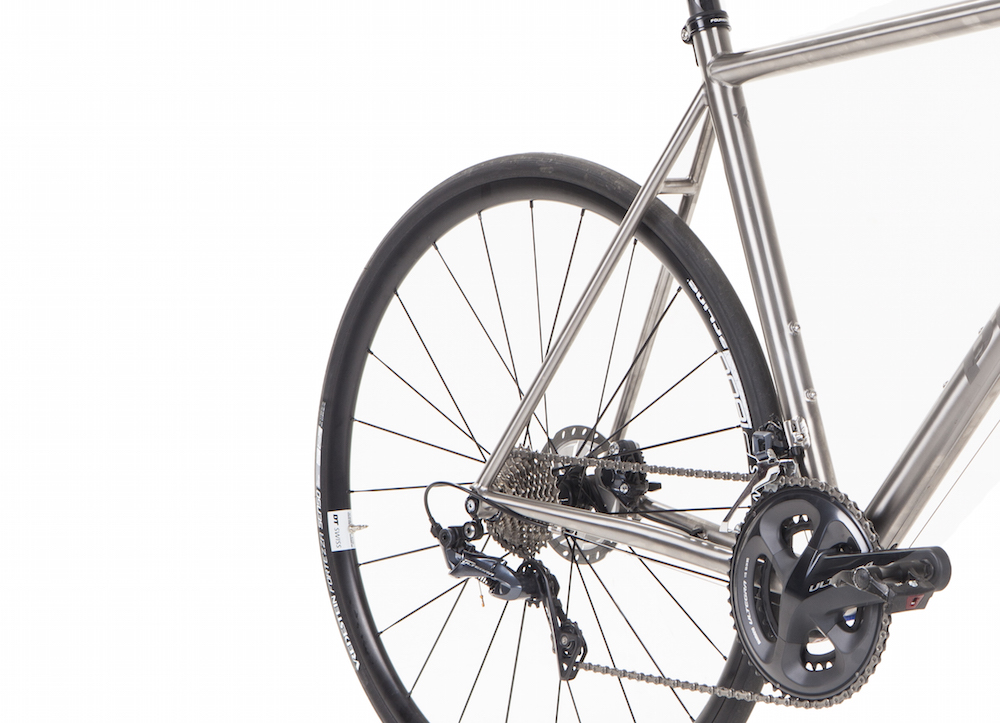
I found the ride a bit uncomfortable and tiring after a few hours and the front end too seemed to transmit quite a bit of vibration to the bars, even with the carbon fork. Other titanium bikes we've tested have dealt better with the texture and imperfections of surface dressed roads.
But shifting and braking from the Shimano Ultegra 8000 groupset were exemplary, with Shimano seemingly having found gains even over its excellent predecessor groupset. The lever hoods, with their new profile, are definitely more comfortable to ride on than the outgoing version too.
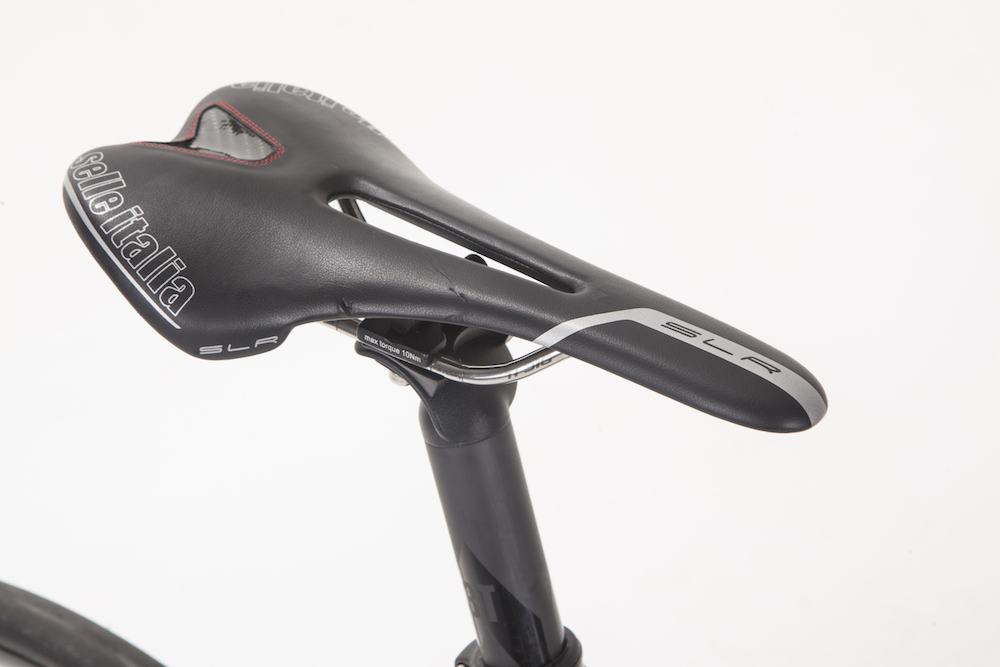
Autumn in the UK isn’t a good test of extreme braking performance, so I can’t say if the newly redesigned Icetech brake discs help dissipate heat better than the old version. But there is plenty of stopping power and modulation to deal with long steep descents without any issues.
Value
For a titanium bike, the 2000 Euro base price for the Pilot Celes is reasonable, particularly as you get the opportunity to custom select your own frame sizing and specification for a small additional outlay. It’s a smart looking machine too, with its brushed tubing and etched logos. But once you factor in the "as built" price of over £4000, there are other non-titanium or titanium options out there that offer better value.
You’re not sacrificing modern features either, with the option to specify thru-axles and flat mount disc brakes, a wide bottom bracket shell and clearance for 32mm tyres.

Thank you for reading 20 articles this month* Join now for unlimited access
Enjoy your first month for just £1 / $1 / €1
*Read 5 free articles per month without a subscription

Join now for unlimited access
Try first month for just £1 / $1 / €1
Get The Leadout Newsletter
The latest race content, interviews, features, reviews and expert buying guides, direct to your inbox!
Paul started writing for Cycling Weekly in 2015, covering cycling tech, new bikes and product testing. Since then, he’s reviewed hundreds of bikes and thousands of other pieces of cycling equipment for the magazine and the Cycling Weekly website.
He’s been cycling for a lot longer than that though and his travels by bike have taken him all around Europe and to California. He’s been riding gravel since before gravel bikes existed too, riding a cyclocross bike through the Chilterns and along the South Downs.
-
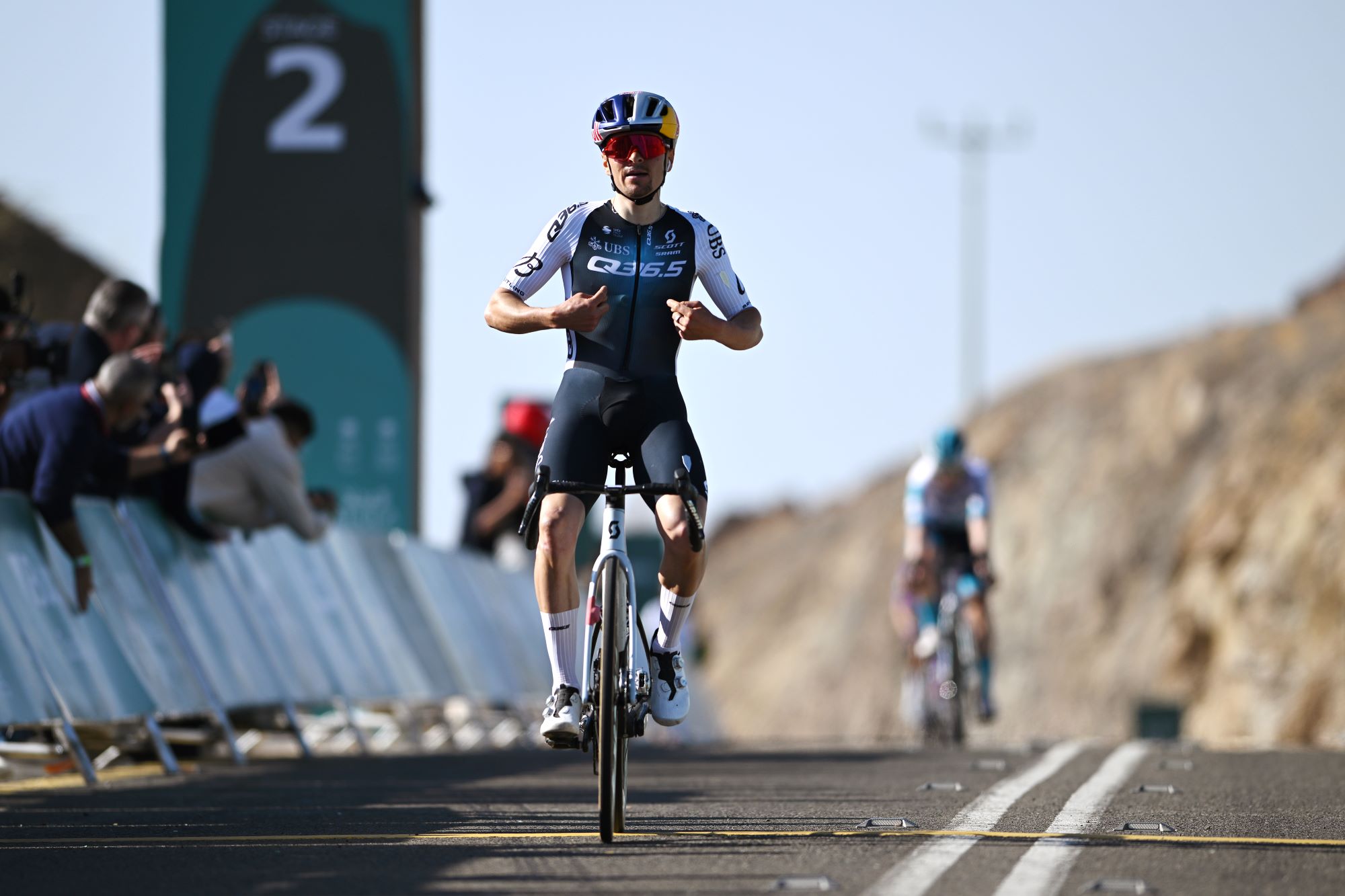 What does Q36.5 mean? We asked the people behind the Italian kit brand that sponsors Tom Pidcock's team
What does Q36.5 mean? We asked the people behind the Italian kit brand that sponsors Tom Pidcock's teamQ36.5's Luigi Bergamo and Lodovico Pignatti Morano take on Cycling Weekly's Q&A
By Tom Thewlis Published
-
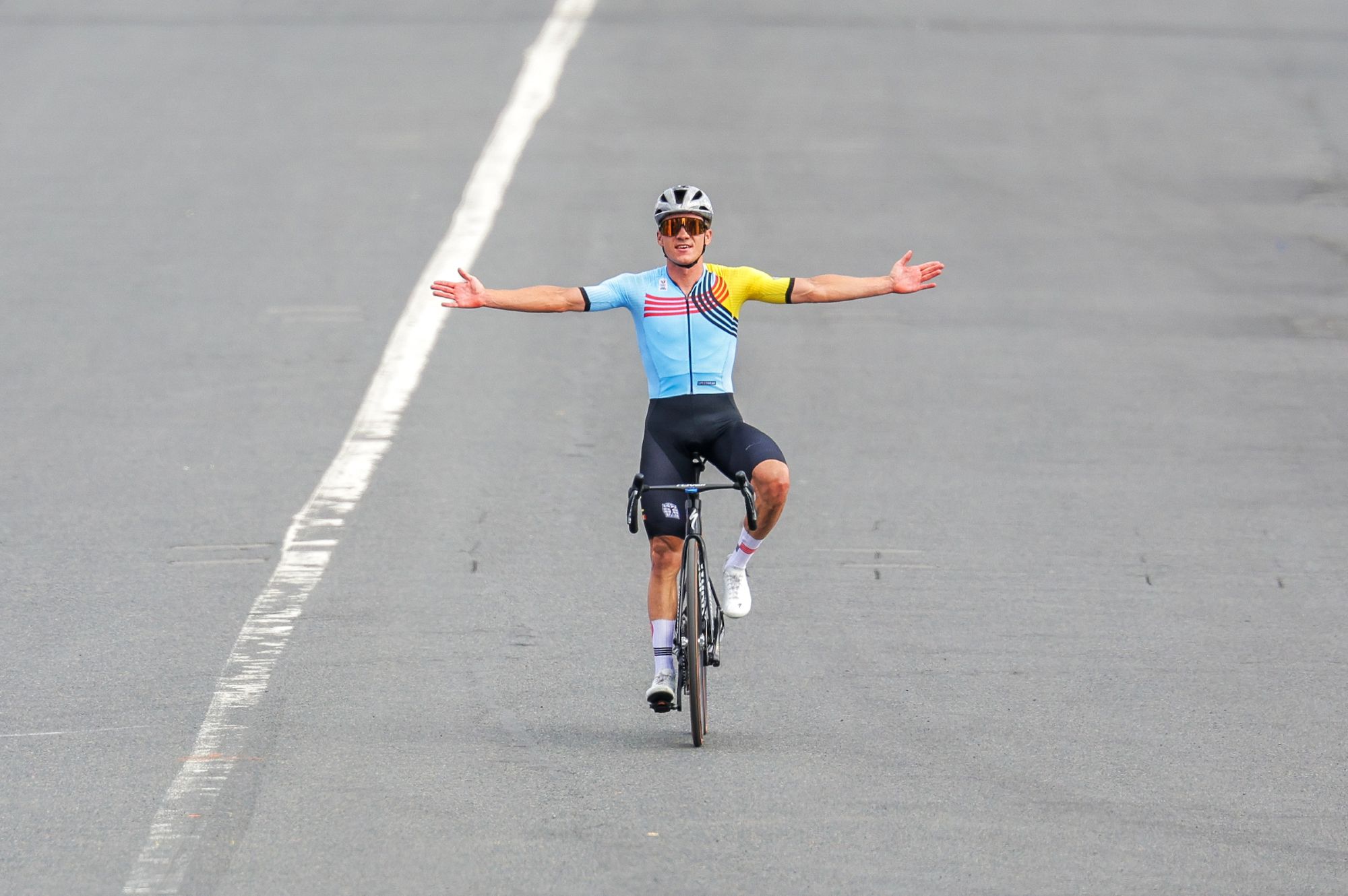 'If I were a tennis player then my career would be over': Remco Evenepoel contemplated early retirement after serious training accident
'If I were a tennis player then my career would be over': Remco Evenepoel contemplated early retirement after serious training accidentDouble Olympic champion was left with nerve damage and says his shoulder is not yet fully healed ahead of his return to racing at Brabantse Pijl
By Tom Thewlis Published
-
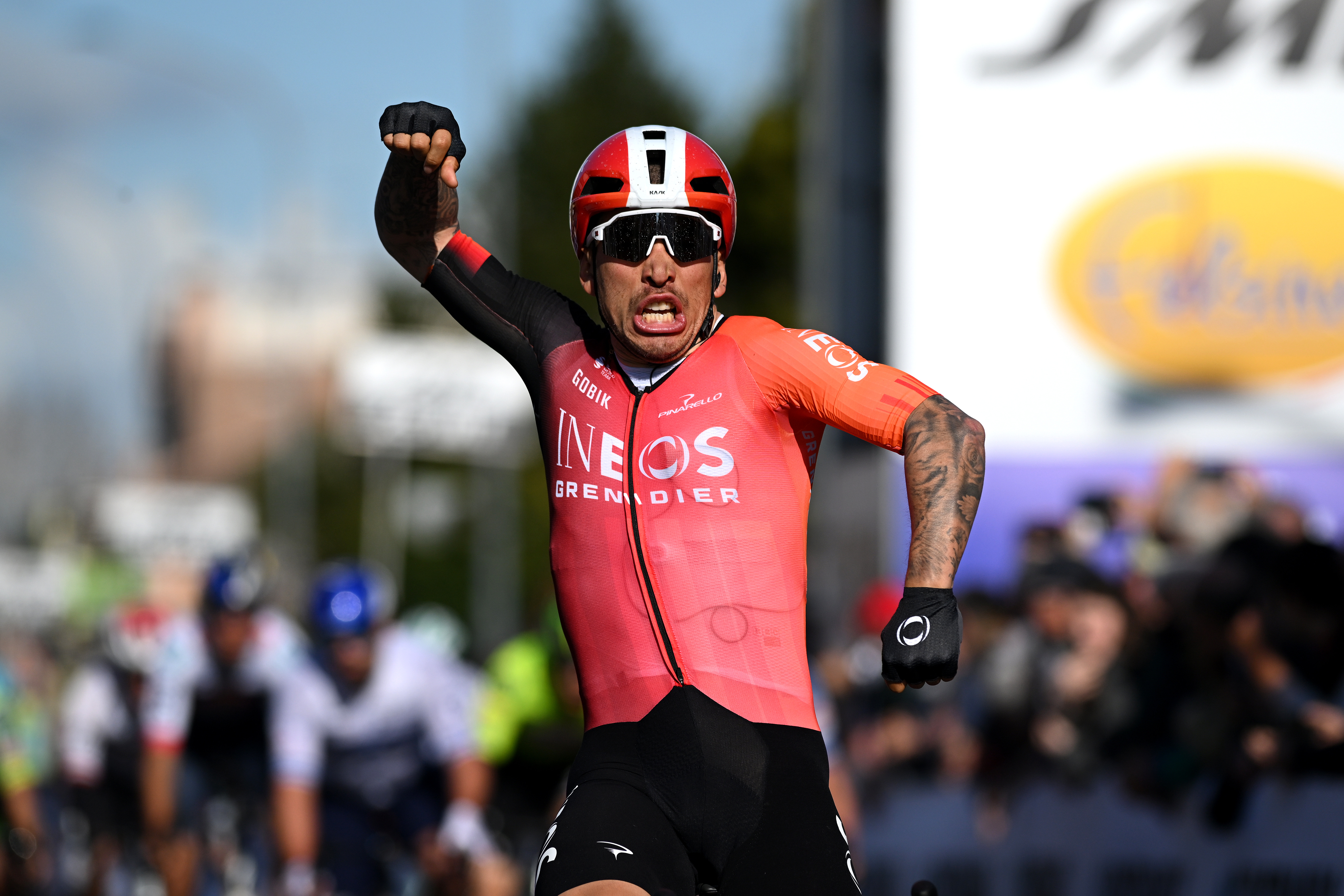 'It can really push me along' - How a velodrome comeback is making Caleb Ewan faster on the road
'It can really push me along' - How a velodrome comeback is making Caleb Ewan faster on the roadAustralian says he'll "definitely" continue track work after rekindling passion
By Tom Davidson Published